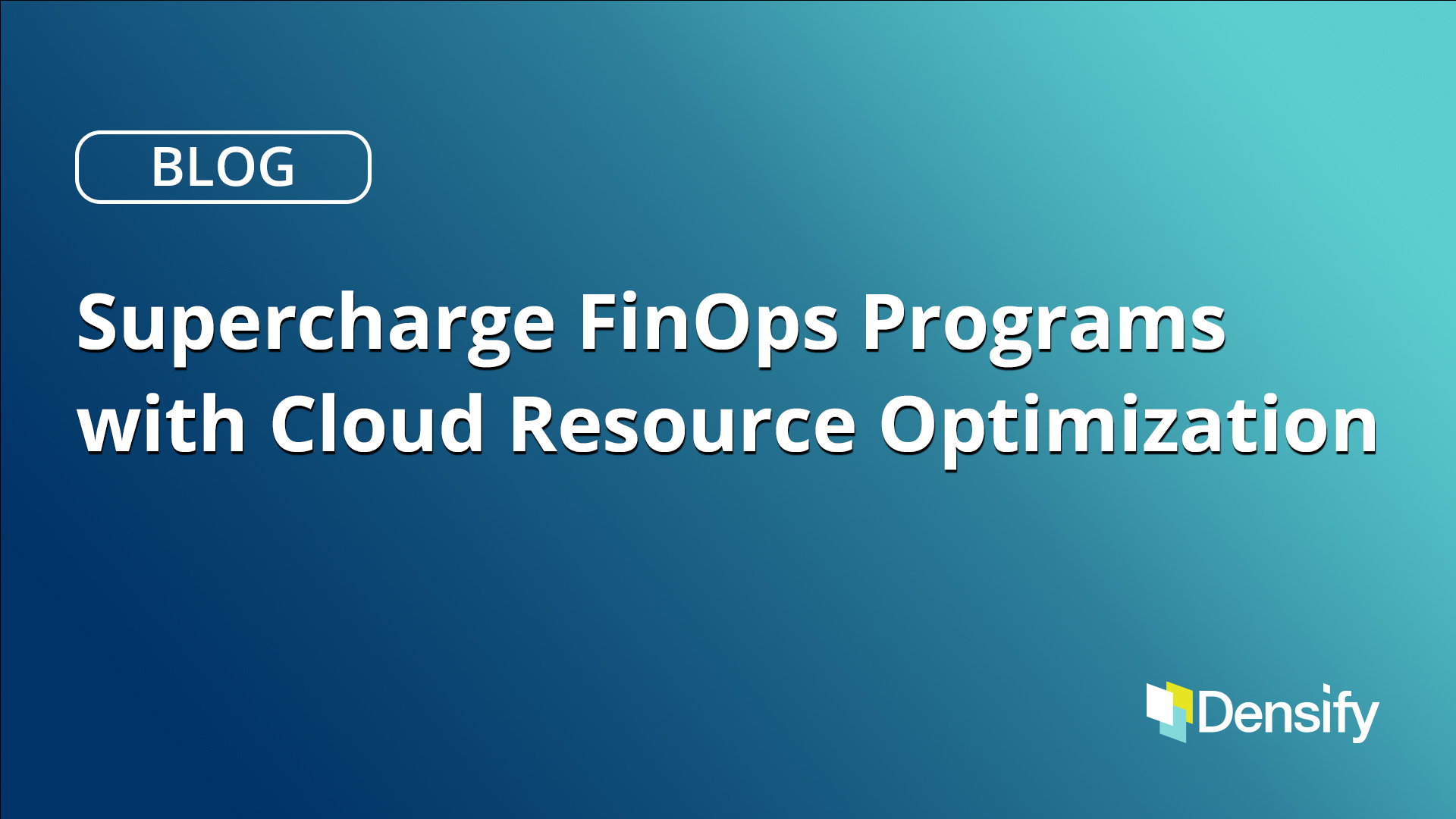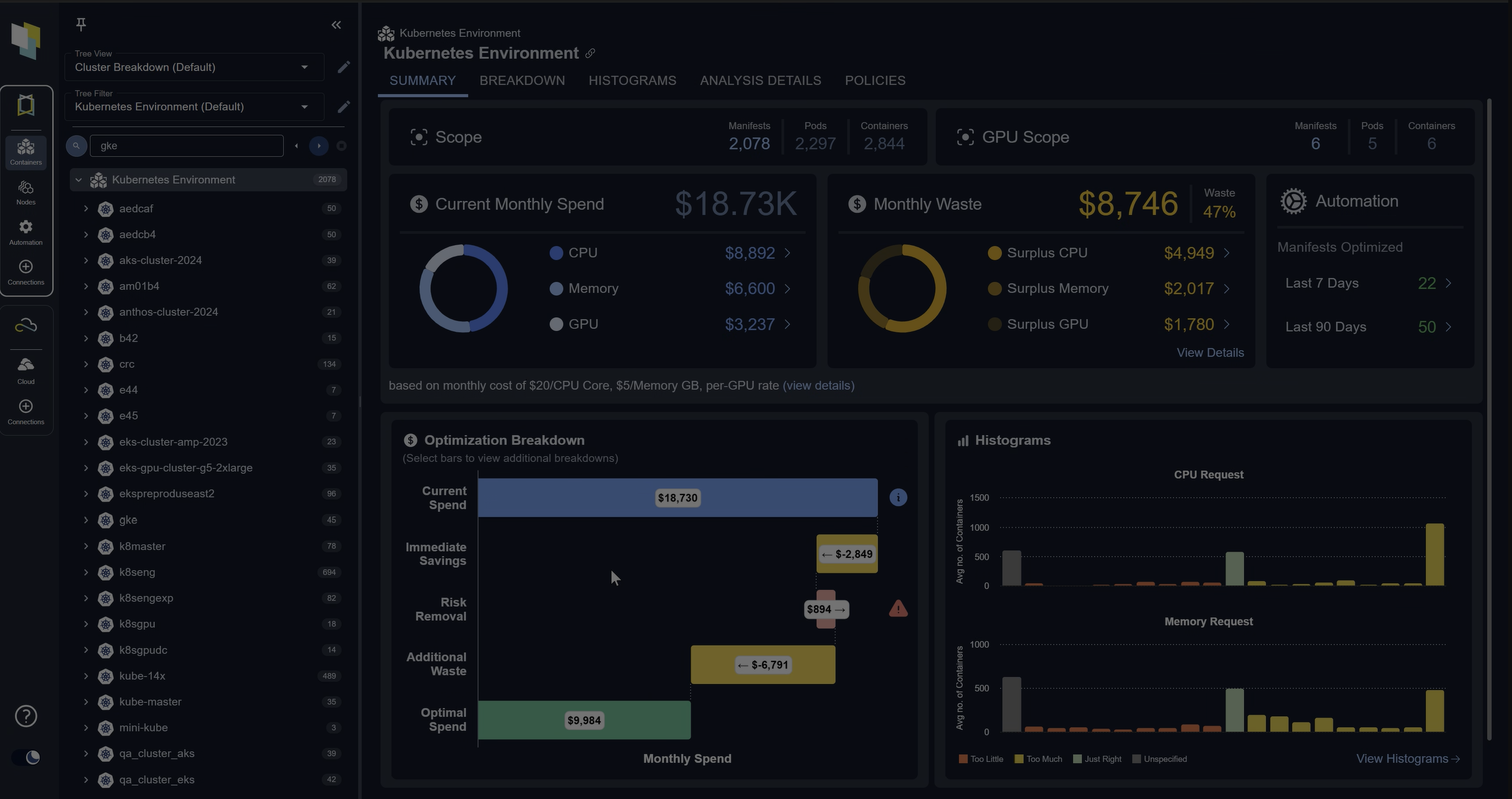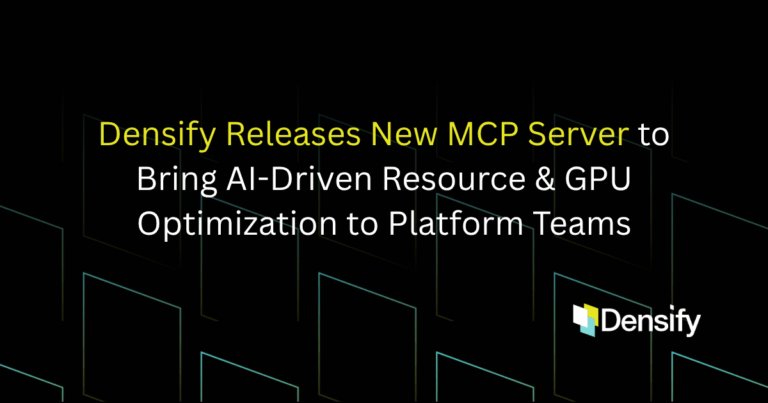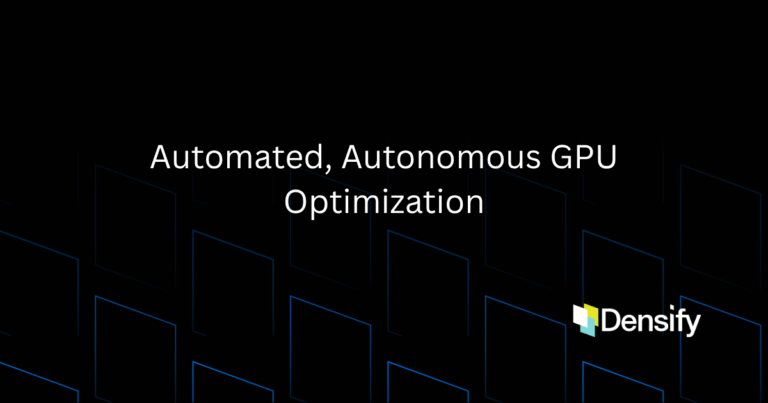Empowering Engineers and App Owners to make a drastic difference in cloud costs
Time and time again we hear the same statements from FinOps teams with respect to what is holding back optimization of wasteful resource consumption. Engineers and App Owners are interested in helping but stop short at actually taking actions to reduce that waste. There are many reasons for this main sticking point when it comes to application owners and developers taking action. Precision analytics like Densify and our new Resource Guardrail, or Cloud Resource Optimization technology can alleviate many of these impediments once and for all.
Here is a look at the top 8 reason why there is reluctance to act on cloud resource optimization, and how Densify could help:
- Lack of visibility
- Time constraints
- Complexity of cloud platforms
- Concerns about performance impact
- Fear of disruption
- Limited cost awareness
- Inadequate tools for analysis
- Resistance to change
1. Lack of Visibility:
Reason: Application owners, developers, or engineers may lack clear visibility into true resource usage of their applications and their cost implications, making it challenging to identify areas for optimization.
Solution: Precise resource optimization analytics can provide detailed insights into resource consumption, highlighting specific services or instances contributing greatest to costs. With accurate analytics, stakeholders can pinpoint inefficiencies and prioritize optimization accordingly. Guardrails can reduce the complexity of choices by guiding the owner to a small number of optimal choices.
2. Time Constraints:
Reason:Busy development schedules and tight deadlines may discourage teams from investing time in resource optimization when it is not their prime directive.
Solution:Utilizing automation tools integrated with accurate analytics can streamline the optimization process. Automated analytics and actions can significantly reduce the time required for manual analysis, making optimization more feasible within tight timeframes. Guardrails can be part of the deployment process to guide developers to the most logical choices as they deploy rather than bothering them after the fact.
3. Complexity of Cloud Platforms:
Reason:The complexity of cloud platforms and thousands of instance choices can be overwhelming, leading to reluctance to delve into sorting through the intricate details.
Solution:Precise cloud resource optimization analytics can do the work for the developer and present truly optimal choices very quickly. By presenting straightforward suggestions, analytics tools can empower developers and engineers to make informed decisions without being overwhelmed by the intricacies of cloud services. Guardrails can massively impact the number of logical choices down to very few in order to avoid having to spend lots of time analyzing.
4. Concerns about Performance Impact:
Reason:There may be apprehensions that resource optimization efforts could negatively impact application performance.
Solution:Precise analytics factor in many days, weeks or months of historical data as they make optimization suggestions. Developers can evaluate potential changes, ensuring that optimizations align with performance requirements and do not compromise the user experience. If an application is new and there is little historical information on how it will behave, analytics allow for over provisioning to start, then Guardrails can bring resources more in line with actual needs gradually over time.
5. Fear of Disruption:
Reason:There might be a fear of disrupting existing workflows or services during optimization efforts.
Solution:Accurate analytics can offer predictive modeling, allowing stakeholders to simulate the impact of optimization changes before implementation. This way, potential disruptions can be anticipated and addressed proactively, minimizing the fear of unintended consequences. Additionally, changes can be part of an overall change and release management process so that optimizations are done in line with organizational standards for rolling out changes.
6. Limited Cost Awareness:
Reason:Developers and engineers may not fully grasp the financial implications of their resource usage.
Solution:It may be futile to expect to impact every developer and engineer decision through cost education on an application by application basis. Guardrails allow a FinOps program to set a “spend tolerance” which guides technical team decisions over time to be less and less wasteful. This enables engineers with choice but limits decisions that are too far out of line from what is considered responsible spending.
7. Inadequate Tools for Analysis:
Reason:The absence of robust tools for analyzing resource utilization can hinder optimization efforts.
Solution:Implementing advanced analytics tools with features like cloud catalog mapping and Resource Guardrails can empower stakeholders to act quickly and confidently to reduce waste and cost. These tools can facilitate informed decision-making by presenting data in a unique and actionable format.
8. Resistance to Change:
Reason:There may be resistance to adopting new cloud resource optimization practices or technologies.
Solution:Precise analytics can provide concrete recommendations and evidence of the safety of optimizations, showcasing cost savings and even performance improvements. By implementing Guardrails, this can happen every day simply as a part of the infrastructure selection and management process.
By addressing these concerns with precise and accurate resource optimization analytics and innovative low effort features such as Resource Guardrails, organizations can create a more favorable environment for stakeholders to actively engage in better selecting and optimizing cloud resources. The key is to embed these capabilities within the processes used for delivering applications, managing infrastructure and monitoring over time.
Interested in seeing what Densify can do for your environment? Get a demo »





